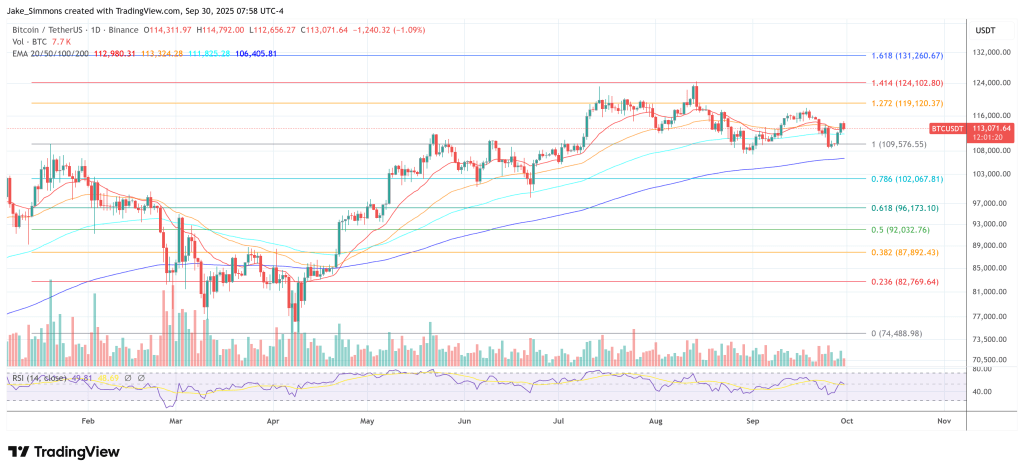A contemporary spherical of sparring between Bitcoin Core and Bitcoin Knots over “arbitrary knowledge” and coverage defaults is ricocheting throughout X, however the argument’s bones are older than many bear in mind. As Bitcoin developer Peter Todd put it on Sunday, “Good learn. tl;dr: every little thing that has been stated about Core vs Knots has already been stated nearly 15 years in the past.”
The 2010 Battle Over Bitcoin’s Soul That By no means Ended
The historic through-line runs straight again to December 2010, when Satoshi Nakamoto shipped Bitcoin model 0.3.18. That launch quietly launched an “IsStandard()” relay and mining coverage to “solely embrace identified transaction sorts,” a defensive transfer designed to cut back assault floor from unique scripts. Satoshi’s personal launch word summarized the change tersely: “IsStandard() test to solely embrace identified transaction sorts in blocks.”
The primary debate about arbitrary knowledge within the blockchain occurred in December 2010 and Satoshi was concerned
On eighth December 2010, Satoshi launched Bitcoin model 0.3.18, which included a standardness test, to solely embrace identified transaction sorts
— BitMEX Analysis (@BitMEXResearch) September 29, 2025
The test ignited what many individuals described as Bitcoin’s first actual governance dispute. Inside hours, discussion board customers break up over whether or not proscribing non-standard transactions would neuter legit experiments like BitDNS or just defend the younger community. The thread, preserved by the Satoshi Nakamoto Institute, captures the core fault traces which have resurfaced in 2025.
On the permissive aspect, consumer “da2ce7” argued that charges would rationalize every little thing: “Transaction charges pays for the technology of the chain sooner or later… if [others] need to embrace rigorously crafted transactions… they have to embrace the suitable compensation.” Jeff Garzik fired again that such a stance “will drawback individuals who use bitcoins… as money as meant,” as a result of non-currency makes use of would bid up charges and crowd out funds.
Theymos, then pushing for minimal relay restrictions, argued miners’ incentives would bulldoze any client-level gatekeeping: “all miners have an curiosity in together with any and all fee-carrying transactions… The restriction on relaying these transactions must be eliminated, on the very least.” Garzik warned that if “knowledge spam will increase TX charges to annoying ranges,” forex customers would decamp—and that the presence of “law-enforcement-objectionable knowledge” would elevate totally different, sharper dangers.
Crucially, Satoshi and Gavin Andresen converged on the whitelist strategy as a realistic safety default, whereas leaving the door ajar for purpose-built knowledge makes use of. Gavin defined that whitelisting known-safe templates was “the precise factor to do,” drawing an analogy to internet safety’s failure modes when blacklisting is relied upon.
In a follow-up, Satoshi wrote: “I got here to agree with Gavin about whitelisting after I realized how shortly new transaction sorts may be added,” and endorsed a path for small knowledge commitments: “I additionally help a 3rd transaction kind for timestamp hash sized arbitrary knowledge.”
If at present’s back-and-forth appears like déjà vu, BitMEX Analysis’s weekend recap is the lacking Rosetta stone. Their thread traces the talk’s timeline—RHorning’s early pushback towards 0.3.18’s new standardness guidelines; Theymos’s insistence that miner incentives would trump relay defaults; Garzik’s resistance to “non-currency knowledge” pricing out cash use; and neighborhood unease about what occurs when immutable ledgers meet unlawful content material.
The researchers word that Theymos even launched a patch shopper eradicating restrictions on the time, underscoring how shopper defaults and miner coverage have all the time been a contested, malleable layer.
There are two enduring takeaways from the 2010 report. First, the “coverage vs protocol” distinction—what Bitcoin can do versus what the reference implementation ought to relay or mine by default—has lengthy been a stress valve for innovation and a magnet for controversy. Satoshi’s 0.3.18 e mail makes plain that IsStandard() lived on this grey zone of incentives and norms, not consensus guidelines.
Second, almost each argument now deployed in Core-versus-Knots skirmishes had an ancestor in that first “coming-of-age” combat: fee-market neutrality versus application-layer bloat; the precise to pay for block house versus the social value of everlasting knowledge; and whether or not tightening defaults protects Bitcoin’s financial perform or stifles its utility for timestamping and proofs. The archive reveals the spectrum clearly, from Theymos’s “take away the restrictions” stance to Garzik’s warning that generalized knowledge “has the distinct chance of degrading service for digital money.”
At press time, BTC traded at $113,071.

Featured picture created with DALL.E, chart from TradingView.com

Editorial Course of for bitcoinist is centered on delivering totally researched, correct, and unbiased content material. We uphold strict sourcing requirements, and every web page undergoes diligent assessment by our staff of prime know-how consultants and seasoned editors. This course of ensures the integrity, relevance, and worth of our content material for our readers.




